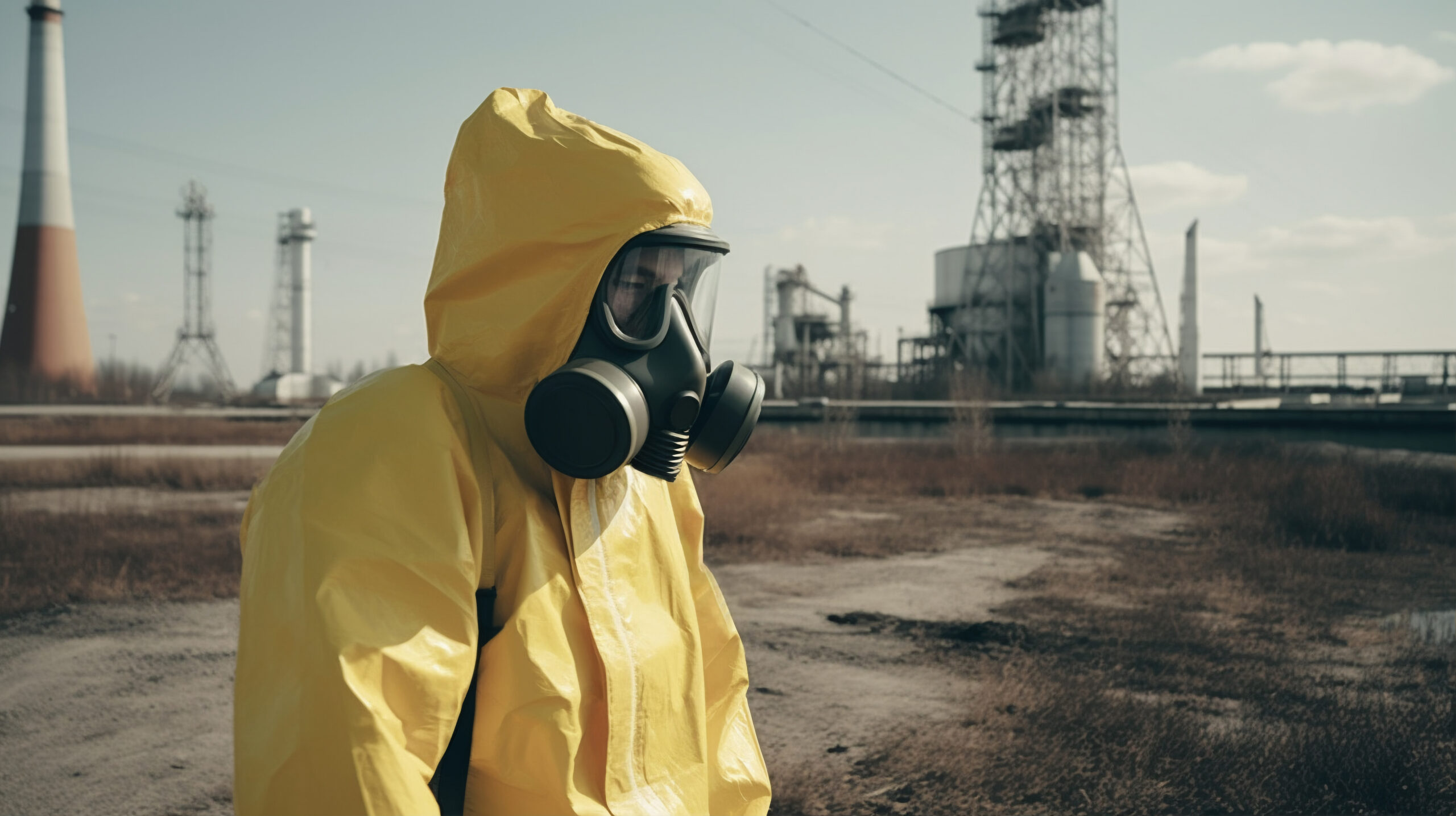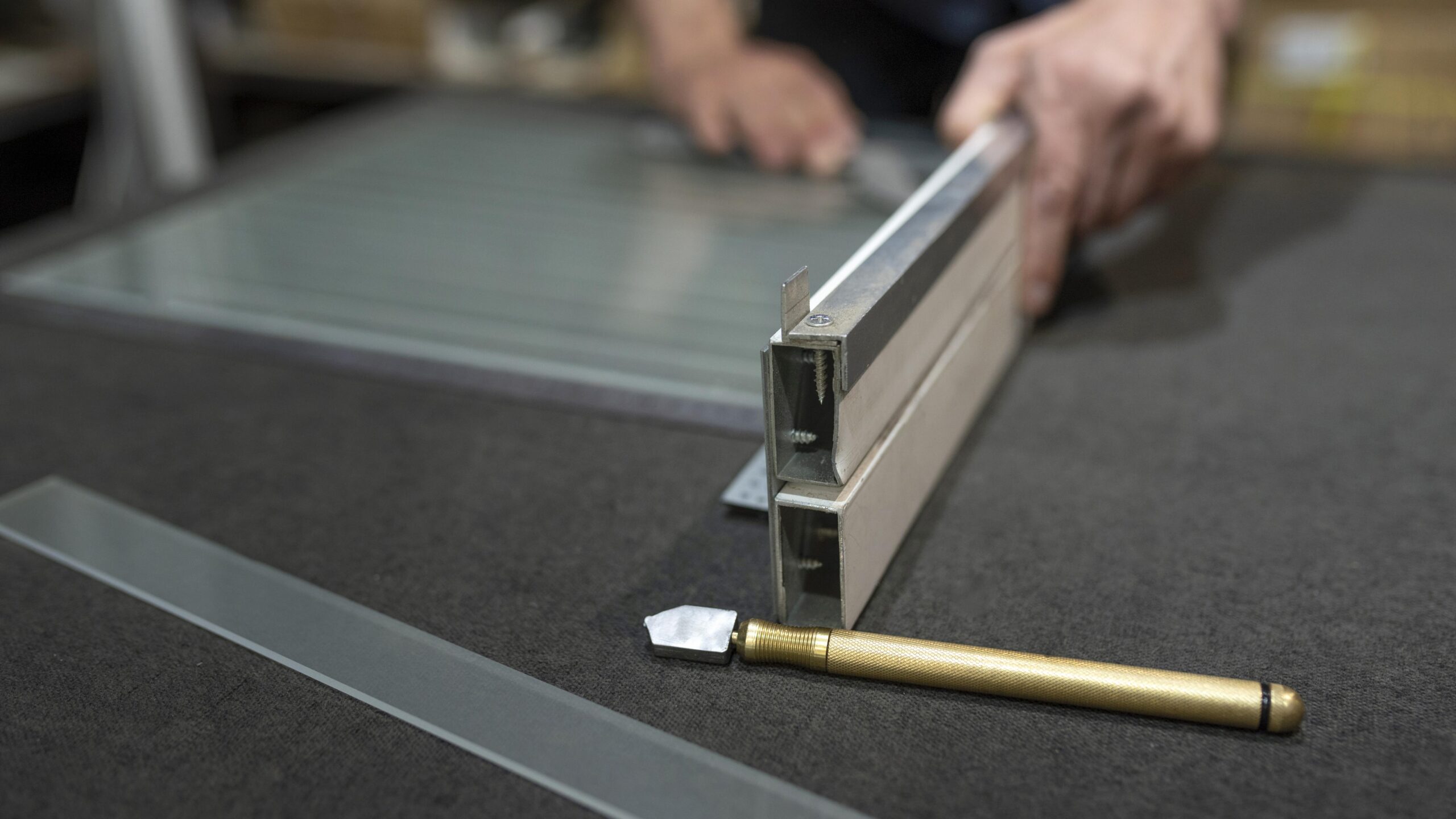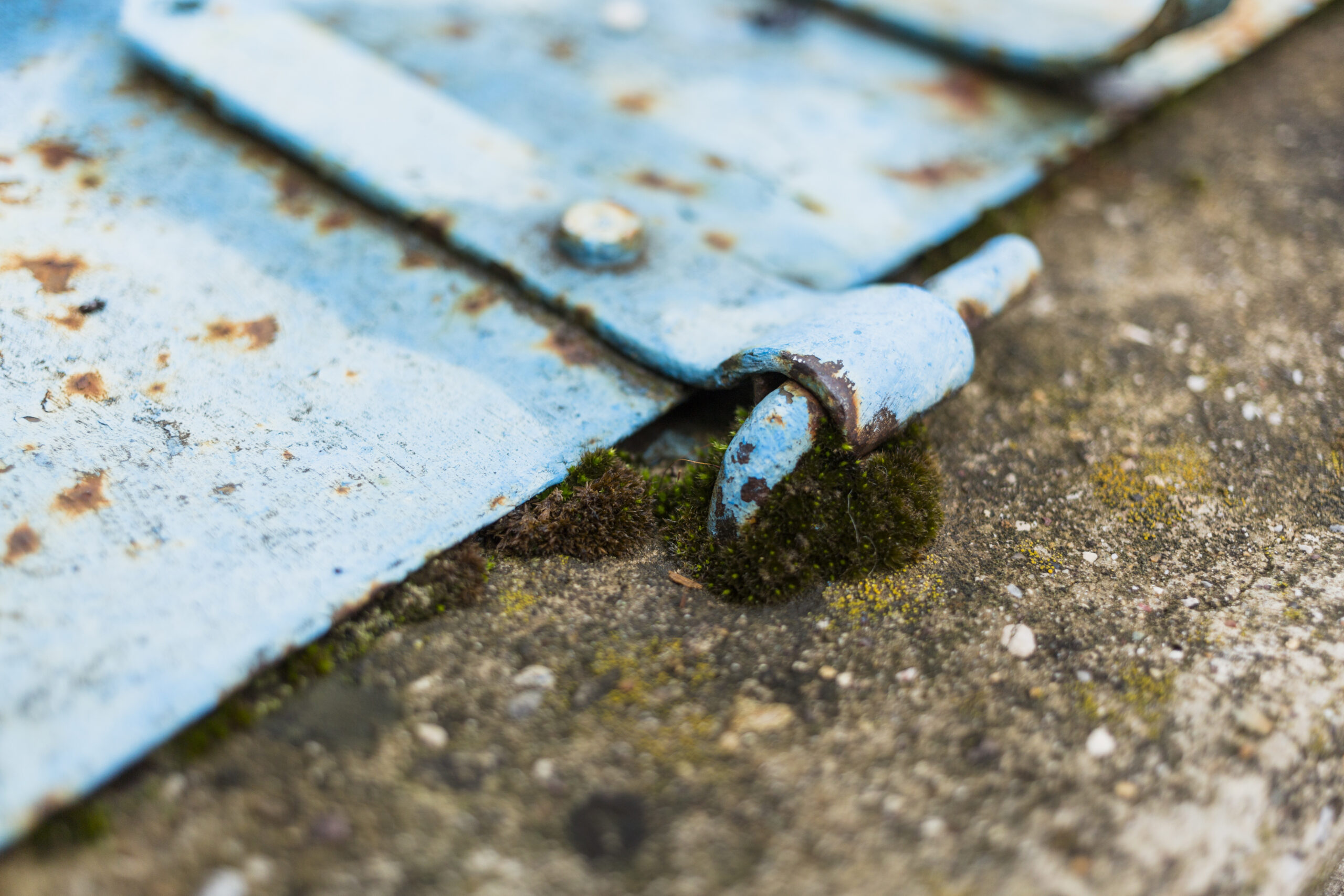Industrial environments expose every material and component to relentless physical and chemical stress. In sectors like marine engineering, chemical storage, and industrial filtration, zippers are not decorative details — they are functional closures vital for safety and performance. Exposure to corrosive agents, high humidity, saltwater, fuels, and reactive chemicals can rapidly degrade ordinary zippers, leading to leaks, contamination, and costly downtime.
Standard fasteners and consumer-grade zippers cannot withstand this abuse. Their metals corrode, coatings peel, and synthetic tapes lose integrity in prolonged contact with solvents or alkalis. That’s why the engineering of chemical-resistant zippers is critical for containment reliability. These zipper systems must endure exposure without compromising the seal or mechanical function.
Since 1946, LenZip has been a U.S.-owned manufacturer dedicated to precision-engineered zipper assemblies built for extreme conditions. The company’s continuous innovation in materials and coatings has established it as a leading resource for engineers seeking custom corrosion-resistant zippers that combine durability, sealing efficiency, and compliance.
The Challenge of Chemical Exposure
In industrial and marine applications, zipper assemblies face a constant barrage of corrosive factors. Acids, alkalis, fuels, and solvents break down the integrity of standard metals and polymers through electrochemical reactions. When exposed to industrial chemicals, brass or aluminum teeth oxidize rapidly, while carbon-steel sliders pit and flake. Moisture accelerates galvanic corrosion between dissimilar metals, and UV exposure further weakens polymers by initiating surface cracking and embrittlement.
Chemical degradation follows predictable but damaging pathways. Oxidation erodes metallic components, polymer swelling occurs in tapes and coatings when in contact with fuels, and hydrolysis degrades nylon fibers under high humidity. Over time, leaks form, fabrics delaminate, and closures fail.
Practical examples underscore this problem. Marine covers exposed to seawater and UV absorb salts that corrode zippers from within. Personal protective equipment (PPE) suits rely on zippers that must remain airtight when splashed with acids or solvents. Fuel bladders and chemical containment tanks require zippers that seal reliably under exposure to hydrocarbon vapors. Industrial textiles often specify corrosion-proof fasteners precisely because failure could compromise safety or environmental protection.

Engineering Corrosion Resistance
Building a corrosion-resistant zipper is a discipline that blends metallurgy, polymer science, and mechanical design. Each component — the slider, teeth, and tape — must be selected and treated to perform in harmony under harsh exposure.
Metal choice is pivotal. Brass, while strong, reacts poorly with chlorides, leading to dezincification. Stainless steel, particularly in higher grades such as 316L, offers improved resistance to saltwater and acids. Molded acetal sliders present a non-metallic alternative for situations demanding zero metal contamination and excellent solvent resistance.
Protective finishes make the difference between moderate resistance and long-term reliability. Advanced industrial zipper coatings prevent electrochemical reaction initiation at the surface, effectively isolating the base metal from environmental attack.
Common options include:
- Nickel plating – dense, corrosion-inhibiting barrier.
- PTFE coatings – repel moisture and reduce chemical adhesion.
- Polyurethane coatings – enhance wear and abrasion tolerance.
For example, LenZip’s Zipper Materials & Finishes and Zipper Coatings and Finishes explain how these applied treatments protect against galvanic activity. By engineering coating thickness and adhesion chemistry, LenZip ensures consistent corrosion performance and extended lifespan even under salt fog and chemical vapor exposure.
Material Selection for Chemical Containment
When designing chemical containment systems, polymer chemistry determines whether a zipper withstands exposure or fails prematurely. Tape and fabric selection are just as critical as metal protection.
Polyester, polypropylene, and nylon each exhibit distinctive behavior under chemical load. Polyester offers excellent resistance to hydrocarbon fuels and oils, making it ideal for applications involving lubricants or vapor exposure. Polypropylene, in contrast, demonstrates superior stability in acidic or alkaline environments with minimal water absorption. Nylon provides flexibility and thermal tolerance, performing well where movement and temperature extremes occur but is less suited to strong acids.
The structure of the tape further controls performance. Woven polyester tapes deliver mechanical stability, while laminated constructions add an impermeable barrier to prevent solvent ingress. Designers selecting tape must align chemical compatibility with coating stability and sealing requirements for ultimate durability.
For deeper insight, LenZip’s Polypropylene vs. Polyester and Nylon vs. Polypropylene for Marine and More guides help engineers select optimal materials for their environmental demands.
By aligning zipper construction with chemical containment properties, users ensure compatibility between the textile system and the zipper interface — an essential step in preventing microscopic leaks or premature bonding failure.

Coatings, Seals, and Finishes
In the design of industrial zippers, coatings and sealing technologies define their protective capability. Every millimeter of surface area exposed to moisture or vapor is a potential corrosion site unless shielded through multilayer barriers.
Industrial-grade zippers typically employ advanced laminations, fluoropolymer coatings, or welded seam structures. Seal integrity is often reinforced through adhesive layers that maintain elasticity under solvents or temperature shifts. Proper coating adhesion between tape and slider ensures the longevity of chemical containment zippers in the field.
ASTM International – Textile Testing Standards provides the framework for exposure validation, ensuring uniform benchmarks across coating systems and environmental simulations. Coatings are assessed for adhesion, abrasion, chemical resistance, and long-term exposure stability.
Comparison of Common Coating Options:
- Nickel/Chrome Plating – Ensures metallic corrosion control with dense barriers.
- PTFE Coating – Exceptional repellency to water and solvents while minimizing friction.
- Polyurethane Laminates – Deliver waterproofing and abrasion protection.
- Fluoropolymer Treatments – Provide anti-stick, solvent resistance, and UV stability.
- Epoxy-Based Finishes – Maintain chemical integrity and high-heat stability.
Each coating type supports a different use case, from marine-grade flexibility to chemical tank integrity. LenZip integrates these finishes based on precise end-use requirements, ensuring closures meet the expectations of OEM and industrial engineers.
Real-World Applications and Industry Use
Applications for corrosion-resistant zippers extend across numerous industries where containment integrity matters as much as mechanical strength. PPE manufacturers use them in hazardous material suits, where every seam and closure must maintain a barrier against liquids and vapors.
Cleanroom operators rely on zipper integrity in enclosures separating controlled spaces from ambient environments. In marine sectors, salt exposure destroys unprotected closures; thus, marine-grade zippers with sealed coatings ensure longevity. For chemical transport or storage, zippers in flexible containment tanks and fuel bladders must endure continuous exposure to hydrocarbons without leaching or deformation.
Markets like industrial filtration and modular architecture also depend on robust zipper systems for replaceable panels and maintenance access. These modular connections remain secure even when exposed to fumes, temperature swings, or acidic mists.
Learn more in LenZip’s focused insights:
External analysis from Textile World highlights how coated and laminated textile systems continue to advance in industrial protection, reflecting the same performance goals LenZip achieves in zipper formulations.
Testing and Validation: How LenZip Proves Performance
Designing for durability is meaningless without rigorous testing. LenZip’s Zipper Testing Standards describe the quantitative methods that underpin every closure’s certification. ASTM D2061 governs slider and chain load testing, while ASTM D6775 verifies tape tensile strength and seam integrity.
In addition to standardized procedures, LenZip performs internal corrosion and fatigue testing that simulates real-world exposure. Samples undergo salt fog immersion, UV exposure, humidity cycling, and chemical soak evaluations. Data is documented at the batch level, ensuring full traceability from prototype through production.
Each project’s zipper performance is benchmarked against base-case degradation curves, allowing LenZip engineers to quantify longevity improvements achieved through coatings or material substitutions. This commitment to controlled testing gives OEM clients confidence in repeatability and compliance.

Why Choose LenZip for Chemical-Resistant Zippers
Selecting a partner for chemical-resistant closure systems is about more than procurement — it’s about assurance. As a U.S.-based manufacturer founded in 1946, LenZip has delivered decades of technical innovation and trusted supply chain reliability.
Its vertically integrated manufacturing gives complete oversight of raw material sourcing, coating application, and final assembly. Collaboration begins at the design phase: LenZip engineers work with clients to select the proper substrate, coating, and configuration to meet complex mechanical or environmental requirements.
Producing zippers domestically means responsive prototyping, short lead times, and stringent quality oversight. For new projects or application inquiries, customers can initiate specifications through Request a Quote.
By combining materials science expertise with American-made reliability, LenZip ensures each zipper assembly maintains performance long after competitors’ products fail under corrosion or solvent attack.
Conclusion
Performance in harsh chemical environments depends on three converging factors: material integrity, coating resilience, and validated testing. When any of these elements is overlooked, zipper systems can fail prematurely — risking safety, containment, and compliance.
LenZip’s corrosion-resistant zippers integrate advanced coatings, proven textile engineering, and verified testing that ensure chemical durability in marine, industrial, and containment applications. Engineers who specify these systems know they are investing in closures built to last.
Learn more about custom coatings and assemblies for chemical exposure at Zipper Coatings and Finishes.
Frequently Asked Questions
What makes a zipper chemical-resistant?
Chemical-resistant zippers are engineered with corrosion-proof metals, chemically stable tape materials, and specialized coatings that block interaction between components and corrosive agents. PTFE, polyurethane, or epoxy coatings act as barriers against moisture, solvents, and acids.
Which coatings best prevent corrosion?
Nickel and chrome plating shield metal components, while fluoropolymer or epoxy layers offer superior chemical and heat resistance. The ideal coating depends on exposure type — marine environments favor PTFE and polyurethane, while chemical plants often prefer epoxy composites.
Are metal zippers suitable for acidic environments?
Only certain metals tolerate acids well. Stainless steel or plated brass can work under mild exposure, but many acidic conditions favor non-metallic or composite sliders to eliminate electrochemical reactivity.
How does LenZip test corrosion performance?
LenZip performs ASTM-defined mechanical and corrosion tests plus internal accelerated aging simulations — including salt fog, chemical immersion, and UV cycling — to replicate years of field exposure. Full documentation and certification accompany each production batch.
Can chemical-resistant zippers be customized for OEM specifications?
Yes. LenZip specializes in designing custom assemblies, adapting tape materials, slider configurations, or coatings per OEM needs. Engineers collaborate throughout prototyping to ensure compliance with containment and safety standards.
What applications require specialized zipper coatings?
Specialized coatings are essential in PPE, cleanroom environments, marine enclosures, industrial filtration housings, and chemical containment systems — anywhere liquid or vapor resistance defines product performance.
